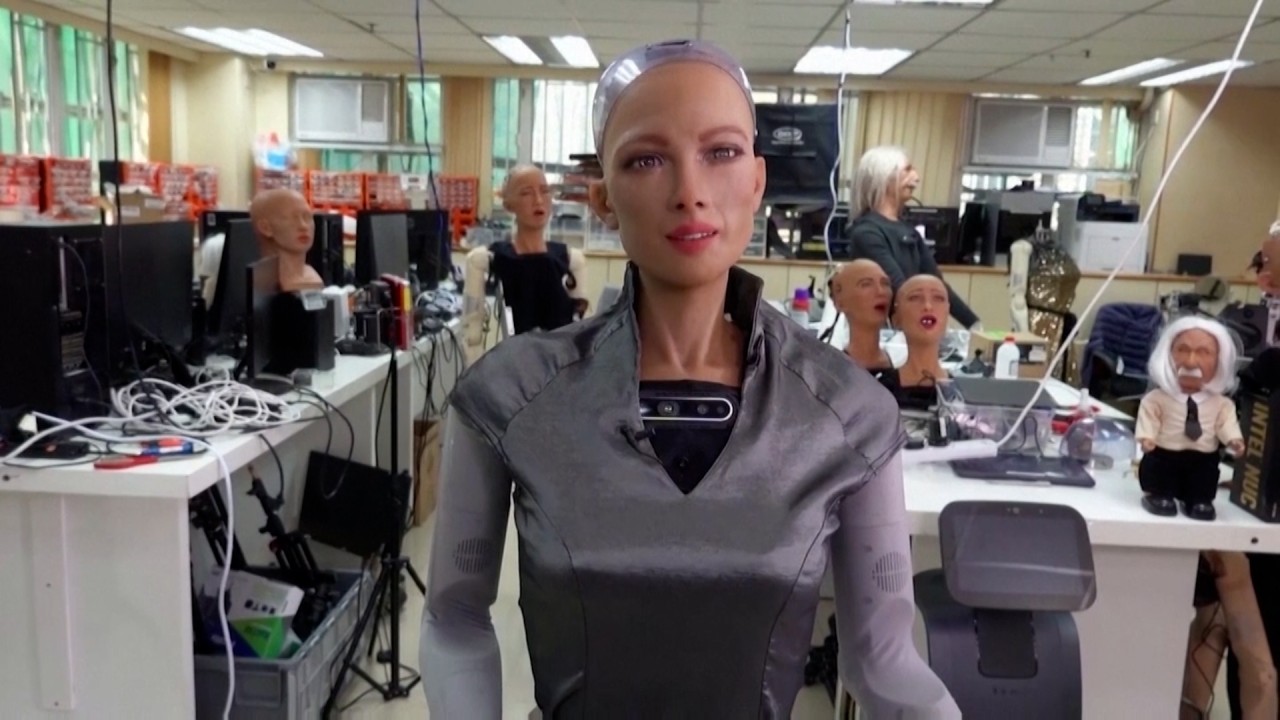
John Lee must ensure support for technology development and innovation in Hong Kong meets real industry needs
- Pouring money into developing new technology without strengthening the market it is destined for means many tech start-ups won’t survive
- What is needed is a self-sustaining system that connects start-ups and research institutes with industry leaders and consumers, so that all needs are met
Chief executive-elect John Lee Ka-chiu said in the outline for his new government that Hong Kong can have no future without technological innovation. He vowed to develop the city into an international innovation and technology hub, as outlined in China’s Greater Bay Area plan and the 14th five-year plan.
The list goes on. Various schemes are being set up to encourage local industries to develop new technologies. In 2020, the Public Sector Trial Scheme made a special call for projects related to combating Covid-19. It approved 63 projects, with funding of over US$12.9 million.
In addition to financial support, the government continues to offer space for nurturing innovation in the form of the Science Park and Cyberport, going some way to solve a pressing problem for start-up tech companies in the city: the sky-high price of real estate.
All these measures are steps in the right direction. However, the underlying assumption is that innovation and technology are independent and self-sustaining fields. In other words, there is a lack of connection between plans for development on the one hand, and existing local industries and the local market on the other.
To boost the city’s innovative capacity, we must build supply chains between innovators and local industries. This would not only boost technological innovation, but also support Hong Kong’s re-industrialisation scheme.
While it isn’t hard to see the link between the re-industrialisation scheme and the efforts to boost technological development, neither of these aims establishes a link between the local industry and innovation companies. In general, government policy emphasises the development of start-ups while paying insufficient attention to the survival and expansion of the local start-up market.
Thus, the Hong Kong government is failing to consider the needs of local industries, or consider how innovation projects could be channelled into meeting those needs. The current system of innovation-project funding focuses too much on universities and research institutions and not enough on supporting research activities within local industry.
In its recommendations for the 2022-23 budget, the Federation of Hong Kong Industries proposed that the government should provide more research funding for local small and medium-sized industries, while seeking more opportunities to collaborate with non-local research institutions.
In addition, it proposed that a portion of governmental research funds should be invested in applied research that will benefit the industry directly.
Industrial and technological developments do not happen in a vacuum. New technology does not emerge on its own or even as the product of a small group of geniuses. It requires a system to make it happen.
The process usually starts with a demand for new technology to solve a practical problem; from there, the technology evolves alongside the needs. The internet is one example of such a product; first developed for military purposes, it gradually became a public communication network.
In Hong Kong, the lack of collaboration between start-ups and local industries means the government still has a lot of work to do. For one thing, it must build a strong research supply chain. Like the industry supply chain, the research supply chain comprises of consumers and local industries, and a supplier – in this case, the technology researchers and developers.
In the chain, innovation start-ups provide technological solutions to the problems raised by local industries. In this way, manufacturers and businesses can build an organic, collaborative and sustainable system that not only supports our local industries, but also the innovative capacity of the city.
Labour rights vital as digital economy and new tech leave workers exposed
The Industrial Technology Research Institute in Taiwan serves as an example for Hong Kong. Established in the 1970s, it not only provides a space for technological research and application, but also a platform for industry leaders to communicate with research institutions.
In other words, in addition to project-based funding, the Hong Kong government should allocate resources to building a communication platform where local industry leaders can be matched with research institutions or tech companies to help solve their problems. Such a platform could also help establish a local market for start-ups to find potential consumers, thus helping them to survive and grow.
In less than two months, a new administration will be formed under Lee’s leadership. The chief executive election result shows local business leaders have high expectations for the new chief executive and his cabinet.
In his election campaign, Lee placed technology and innovation high on his list of priorities. Now, to realise Lee’s vision for the city, the government needs to break away from the existing logic of a project-based funding scheme, and move to designing an organic industrial system in Hong Kong.
John Hanzhang Ye is a PhD student in science and technology history at the University of Minnesota, Twin Cities, and also holds an MPhil degree in sociology from the Chinese University of Hong Kong


